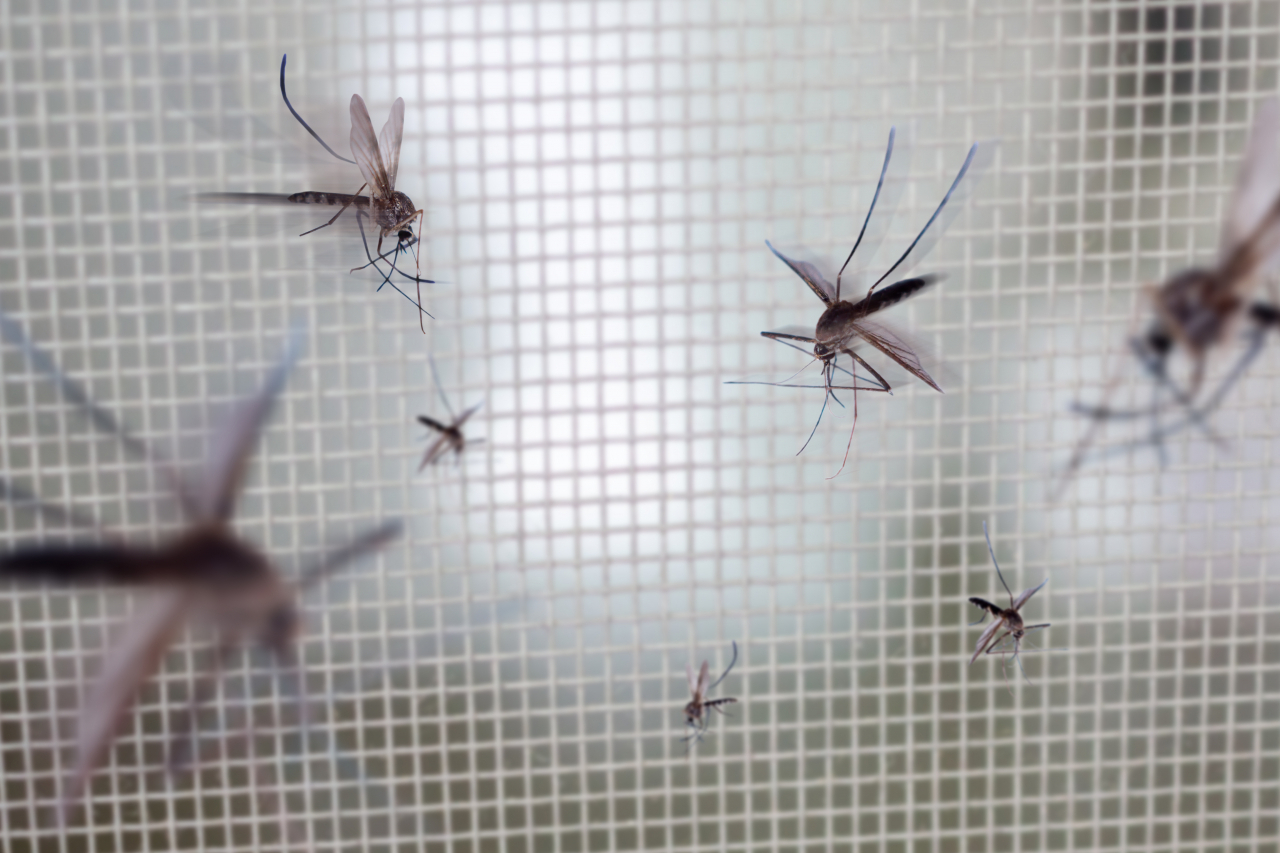 |
The number of mosquitoes in urban centers July 2-8 doubled compared to last year. (Getty Images Bank) |
The numbers of mosquitoes in central urban areas have nearly doubled from last year, amid concerns that Korea's changing climate may have become more habitable to mosquitoes.
According to Korea Disease Control and Prevention Agency, the trap index in central urban areas July 2-8 came to 68.2, a 98.5 percent increase on-year. The trap index refers to the average number of mosquitoes caught in one mosquito trap per day.
The frequent heavy rainfall has likely contributed to the rise.
Some analysts say that Korea has become a better habitat for mosquitoes than it was in the past, with its temperate climate changing.
“In the past, it only rained during the monsoon season, but the Korean Peninsula has turned into a subtropical climate and it now rains frequently. A lot of stagnant pools of water have been produced where mosquitoes can live,” said an official from the Laboratory of Evolution and Phylogenomics in Seoul National University's biological sciences department in an interview with Yonhap News Agency.
Mosquitoes are vulnerable to extreme heat, though the specific temperatures at which their abundance starts to decline depend on the species.







